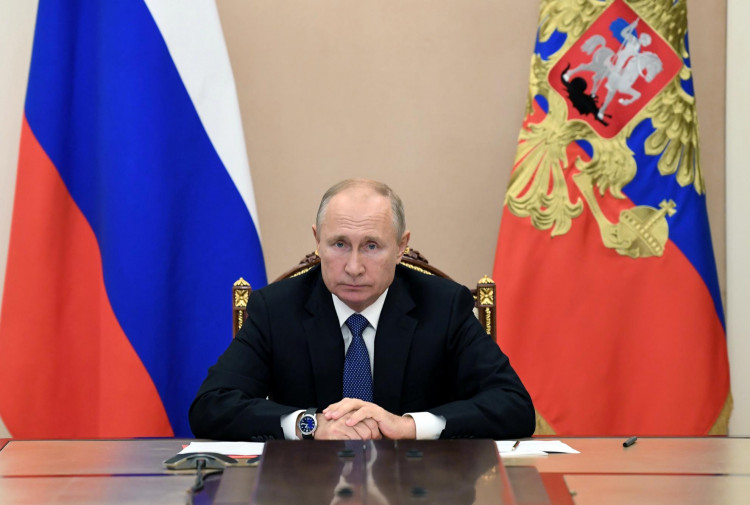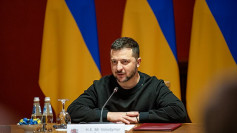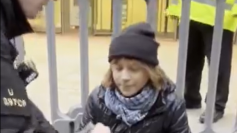Russia's defense strategy in its Kursk region is facing significant challenges as Ukrainian forces continue their unexpected and aggressive incursion. The Ukrainian military, in a surprise move, has seized more than 1,150 square kilometers of Russian territory since launching its offensive on August 6, marking a historic first since World War II where foreign troops have captured Russian soil. This audacious advance has prompted Moscow to deploy a specialized unit from its Aerospace Forces, commonly referred to as "space troops," in a bid to bolster defenses amid apparent manpower shortages.
The deployment of these Aerospace Forces, which primarily consist of personnel not typically engaged in ground combat, underscores the severity of the situation for Russia. According to the independent investigative outlet Important Stories, the hastily assembled regiment comprises engineers, mechanics, officers, and even servicemen previously stationed at a Russian spaceport. These troops have been redirected from their usual roles, such as maintaining Russia's nuclear deterrent, to face the advancing Ukrainian forces in Kursk.
Ukrainian President Volodymyr Zelensky, in his nightly address, provided insight into the strategic objectives of the offensive, stating that the operation is designed to create a "buffer zone" on Russian territory. This move, he explained, is part of a broader strategy to weaken Russian war potential and complicate Moscow's ability to mount future offensives. "It is now our primary task in defensive operations overall to destroy as much Russian war potential as possible and conduct maximum counteroffensive actions," Zelensky said, marking his first public acknowledgment of the operation's intent.
The Ukrainian offensive has not only shocked the Kremlin but also forced it into a defensive posture along a border region that had been largely overlooked since the early days of the conflict. The rapid success of Ukrainian forces in Kursk has reportedly compelled Russia to redeploy up to 11 battalions from other frontlines to reinforce the region, a move confirmed by the U.S.-based Institute for the Study of War (ISW). The think tank noted that this redeployment represents a significant shift in Russian military strategy, with the Kremlin now forced to treat its northeastern border with Ukraine as an active front line requiring substantial defense resources.
In addition to seizing territory, Ukrainian forces have targeted critical infrastructure in Kursk to disrupt Russian supply lines. Over the weekend, they successfully destroyed a bridge over the Seim River near the village of Glushkovo, according to pro-Kremlin war bloggers. A second strike on another bridge was also reported, though details of its location and effectiveness remain unclear. These attacks have further complicated Russia's logistical operations in the region, adding to the challenges Moscow faces as it scrambles to respond to the Ukrainian advance.
The deployment of Russia's Aerospace Forces, a unit traditionally associated with air and space defense, to the ground conflict in Kursk highlights the extent of the manpower shortages the Russian military is experiencing. The regiment sent to Kursk was reportedly formed between May and June and includes a mix of personnel from various sectors, including those responsible for logistical support and radar operations. This patchwork assembly of forces reflects the desperate measures Russia is taking to shore up its defenses in the face of Ukraine's determined push.
The Ukrainian operation in Kursk has placed the Kremlin in a difficult position, forcing it to make critical decisions about the allocation of its military resources. As the ISW's analysis suggests, the extent to which Russia can defend its newly exposed front line will depend on its ability to commit sufficient manpower and matériel to the region. However, with the ongoing war in Ukraine already stretching Russia's military capabilities, the situation in Kursk represents yet another significant challenge for Moscow.






